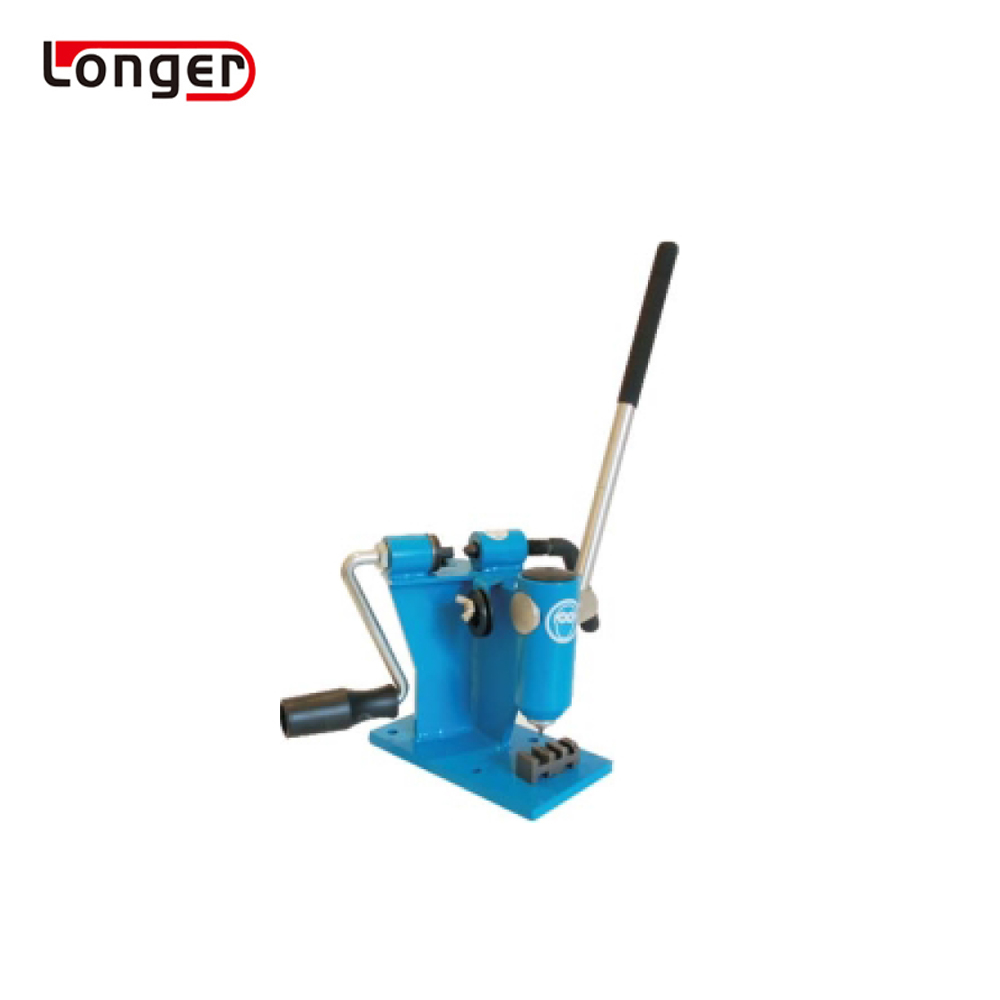Typically a harder bar, Hardnose Guide Bar are more tolerant to dirty cutting conditions. However, they are not immune to channel wear and rail damage.
An over-tightened chain can cause the bar to OVERHEAT, which can damage the bar rails and clog or jam the chain sprocket. It can also reduce the effectiveness of the chain and rob it of power.
Designed for Longevity
Designed to withstand extreme cutting environments like fire damaged wood or extremely sandy and gritty conditions, hard nose bars feature a stronger and more durable steel alloy than other types of bar. This design reduces the likelihood of kickback and allows for smoother cutting in abrasive conditions.
This type of bar is often referred to as a “solid” guide bar, and it is machined from a single plate of super-hard alloyed steel. This makes it tougher than laminated guide bars that are constructed from multiple plates.
The bar is also designed with a smaller nose radius and features markers to help users gauge their cutting depth. This small radius helps to reduce the possibility of kickbacks, and it is less likely to clog with dirt or debris as other types of bar can become prone to doing. The bar is equipped with an optimized oil hole, and it is recommended that this hole be cleaned regularly to ensure the proper operation of the saw chain and the bar.
Increased Durability
Tsumura chainsaw bars use a unique dove-tailed notching system to reduce bar weight by as much as 20%, making them some of the lightest bars on the market. This reduces user fatigue and improves cutting efficiency and stability. The bars are also made from durable high-grade Japanese steel that has undergone a special salt bath heat treatment process to ensure optimal toughness and hardness.
Solid guide bars are constructed from one plate of super hard alloyed steel, so they are significantly tougher than laminated guide bar types. They feature built-in sprocket noses and contain oil holes for lubrication. They are ideal for felling, delimbing and bucking.
No Sprocket
The lack of a mechanism at the tip of the bar makes hard nose bars more robust and tolerant of dirty or abrasive conditions. Sawing logs or stumps covered in dirt, sand or mud requires a bar that can perform consistently without jamming or clogging up. Running a sprocket nose bar in these conditions can result in rapid wear or even damage the sprocket bearing.
They feature high-grade steel, laser welded construction and uniform groove gauge tolerances for accurate chain fit and cutting stability. The bars can be ordered with a specific bar mount, pitch and gauge and are available in various lengths. STIHL’s bar calculator helps determine the right chain drive link count to match your bar and engine size. Counting drive links is not only convenient, but it’s the best way to ensure your chain has the right amount of tension for optimal performance and durability.
Easy Installation
Suehiro Seiko uses a unique salt bath heat treatment to create the ideal steel for guide bars, resulting in high-toughness and hardness. These characteristics contribute to the longevity of the bar and chain combination.
The absence of a sprocket means that the bar is not subject to the same wear and tear as a sprocket nose bar. This makes the hard nose bar more robust and suitable for dirty cutting conditions.
Before installing the saw chain, check that the bar is properly positioned. A poorly positioned bar may cause kickback. Kickback can be deadly, so it's essential to maintain a firm grip with both hands on the chainsaw handles when using a bar and chain. The chain should be tight enough to move freely around the bar, but not so loose that it sags below the bar. This will reduce premature wear on the bar and chain. Also, it's important to keep the saw chain properly tensioned after each use.










